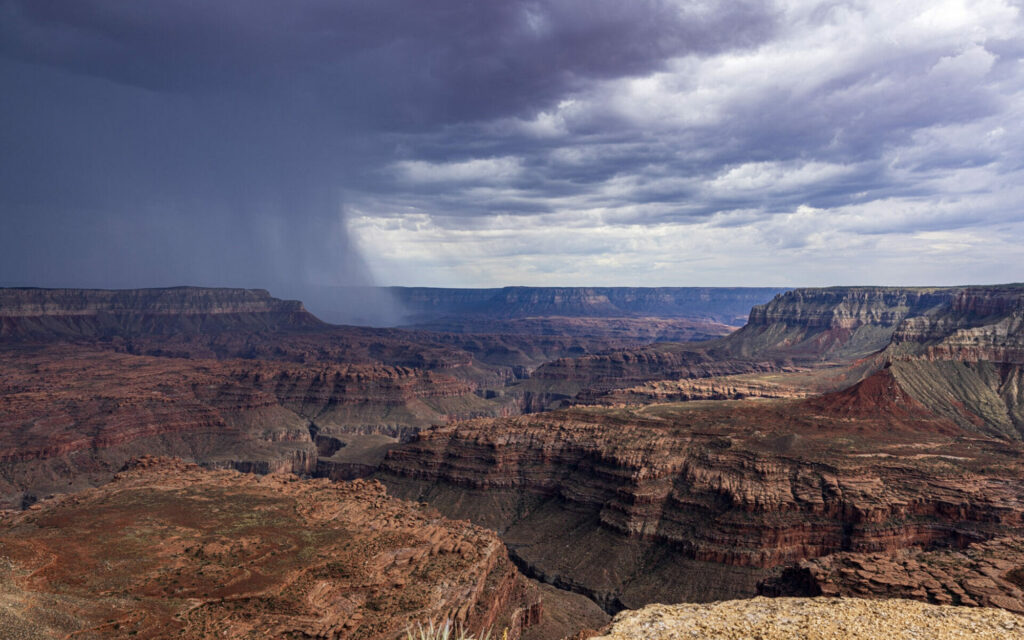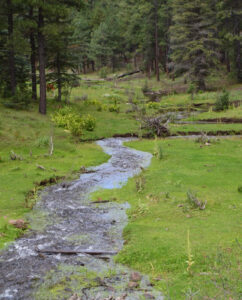President Biden designates Baaj Nwaavjo I’tah Kukveni – Ancestral Footprints of the Grand Canyon National Monument to protect nearly one million acres of this idyllic landscape from future mining.
For over a decade, TU has been working to protect the greater Grand Canyon region from future uranium mining. Earlier this week, President Biden announced the creation of Baaj Nwaavjo I’tah Kukveni – Ancestral Footprints of the Grand Canyon National Monument, which was a culmination of effort over the years by local Tribal Nations, conservation groups and a majority of Arizonans.
Baaj Nwaavjo I’tah Kukveni – Ancestral Footprints of the Grand Canyon National Monument is broadly supported by Arizonans across party lines and has long been a priority for sportsmen and sportswomen in the state,” said Nathan Rees, Arizona field coordinator for Trout Unlimited.
“Given the toxic history of uranium mining in this region, we commend the leadership of this Administration for enacting the wishes of millions of people hoping to preserve the beauty of this idyllic landscape. As sportsmen and sportswomen, we value a multi-use approach on our public lands and insist on practical and science-based management of our natural resources. A national monument does just that.
Protecting nearly one million acres of landscape sacred to Tribal Nations, greater protections were needed in the region due to the toxic history of uranium mining. More than 500 abandoned uranium mines are scattered across the region, impacting the drinking water of local populations and seeping underground into the Colorado River and other bodies of water found miles away.
Of concern for TU are places like Lees Ferry, which is a massive, clear running, tailwater fishery. The river runs 15.5 miles from the outflow of Lake Powell at Glen Canyon Dam to the upper end of the Grand Canyon, making it a desirable location for those looking to catch one of the 20,000 wild trout found per mile. Despite its obvious beauty and importance to the state’s wild fish habitat, its connection to the underground water table also makes it susceptible to pollution and discharge.
While opponents of the new monument have lamented the loss of access to this area for new uranium mining, it is estimated to only be about one percent of the nation’s known uranium reserves.
“This entire region – including Grand Canyon National Park itself – has been inhabited by Tribal Nations for more than 10,000 years,” said Dr. Len Necefer, CEO of Natives Outdoors and member of the Navajo Nation.
“Despite this rich history, there has also been a tremendous amount of hardship due to treatment of local Tribes by the federal government and the toxic history of uranium mining.”
Earlier this year, we partnered with Natives Outdoors to document the monument and capture stories of why this monument is so important to the local Tribal Nations.
We will be rolling out these stories in the near future, but to commemorate the Biden Administration’s historic action, here’s a sampling of images from the region, including some of our newest monument courtesy of Natives Outdoors.
Click HERE for the full story by Nathan Rees on the Trout Unlimited website.



